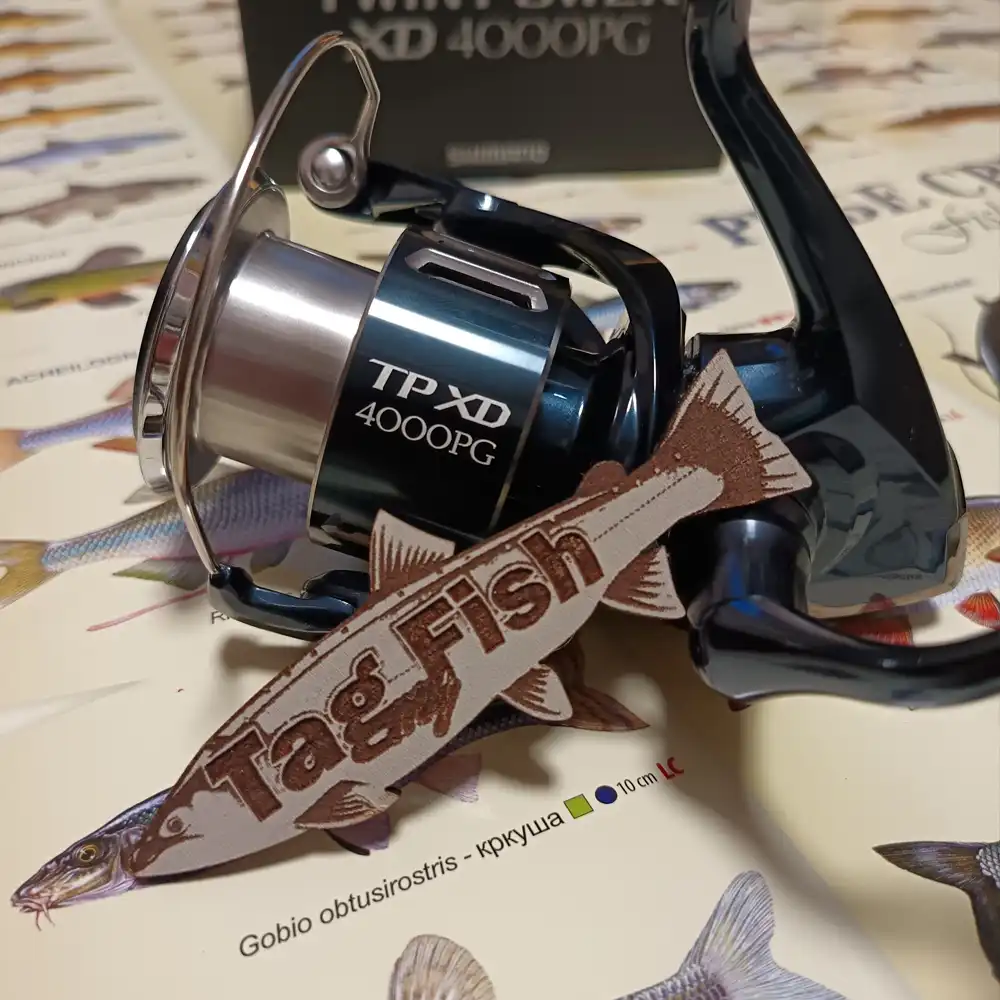Sacramento River

General data
- Name: Sacramento River
- Water system: Pacific Ocean
- Water type: River
- Progression: Suisun Bay -> Carquinez Strait -> San Pablo Bay -> San Francisco Bay -> Golden Gate strait -> Pacific Ocean -> Planet Earth
- Climates: Temperate
- Continents: North America
- Countries: United States of America
The Sacramento River is the principal river of Northern California in the United States and is the largest river in California. Rising in the Klamath Mountains, the river flows south for 400 miles (640 km) before reaching the Sacramento–San Joaquin River Delta and San Francisco Bay. The river drains about 26,500 square miles (69,000 km2) in 19 California counties, mostly within the fertile agricultural region bounded by the Coast Ranges and Sierra Nevada known as the Sacramento Valley, but also extending as far as the volcanic plateaus of Northeastern California. Historically, its watershed has reached as far north as south-central Oregon where the now, primarily, endorheic (closed) Goose Lake rarely experiences southerly outflow into the Pit River, the most northerly tributary of the Sacramento. Anadromous fish Second only to the Columbia River on the west coast of the United States in Chinook salmon runs, the Sacramento and its tributaries once supported a huge population of this fish. Millions of salmon once swam upstream to spawn in the Sacramento; as recently as 2002 eight hundred thousand fish were observed to return to the river. The Sacramento and San Joaquin River systems are home to the southernmost existing run of chinook salmon in North America. Starting in the 20th century, dam construction blocked off hundreds of miles of salmon-spawning streams, such as the upper Feather and American Rivers, and the entirety of the Pit and upper Sacramento rivers. Pollution from farms and urban areas took a heavy toll on the rivers environment, and heavy irrigation withdrawals sometimes resulted in massive fish kills. Since 1960, when the big pumps at the head of the California Aqueduct in the Delta began their operation, the pattern of water flow in the Delta has been changed considerably leaving the fish confused as to where to go, resulting in many generations dying off because they have not been able to find their way upstream. In 2004, only 200,000 fish were reported to return to the Sacramento; in 2008, a disastrous low of 39,000. In 1999, five hydroelectric dams on Battle Creek, a major tributary of the Sacramento River, were removed to allow better passage of the fish. Three other dams along the creek were fitted with fish ladders. The river is considered one of the best salmon habitats in the watershed because of its relatively cold water and the availability of ideal habitat such as gravel bars. By the late 20th and early 21st centuries, the government blamed crashing fish populations on overfishing, especially off the Northern California and Oregon coast, which lie directly adjacent to the migration paths of Sacramento River salmon. This has resulted in a ban on coastal salmon fishing for several years since 2002.[103] The Red Bluff Diversion Dam, although not a large dam and equipped with fish passage facilities, also presents a major barrier. Because of inadequate design, roughly 25–40% of the incoming fish get blocked by the dam each year. The dam has also become a "favorite spot" for predatory fish to congregate, feasting on the salmon that get trapped both above and below the dam. As of 2010, the salmon run has shown slight signs of improvement, probably because of that years greater precipitation. In 1995, a gate on the Folsom Dam on the American River broke open, causing the rive's flow to rise by some 40,000 cubic feet per second (1,100 m3/s). The water traveled down the Sacramento and washed into the Pacific; the influx of fresh water was such that it confused thousands of anadromous fish to begin migrating up the river, thinking that the river had risen because of late-autumn storms.


